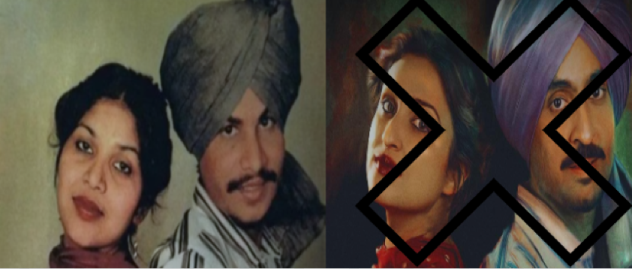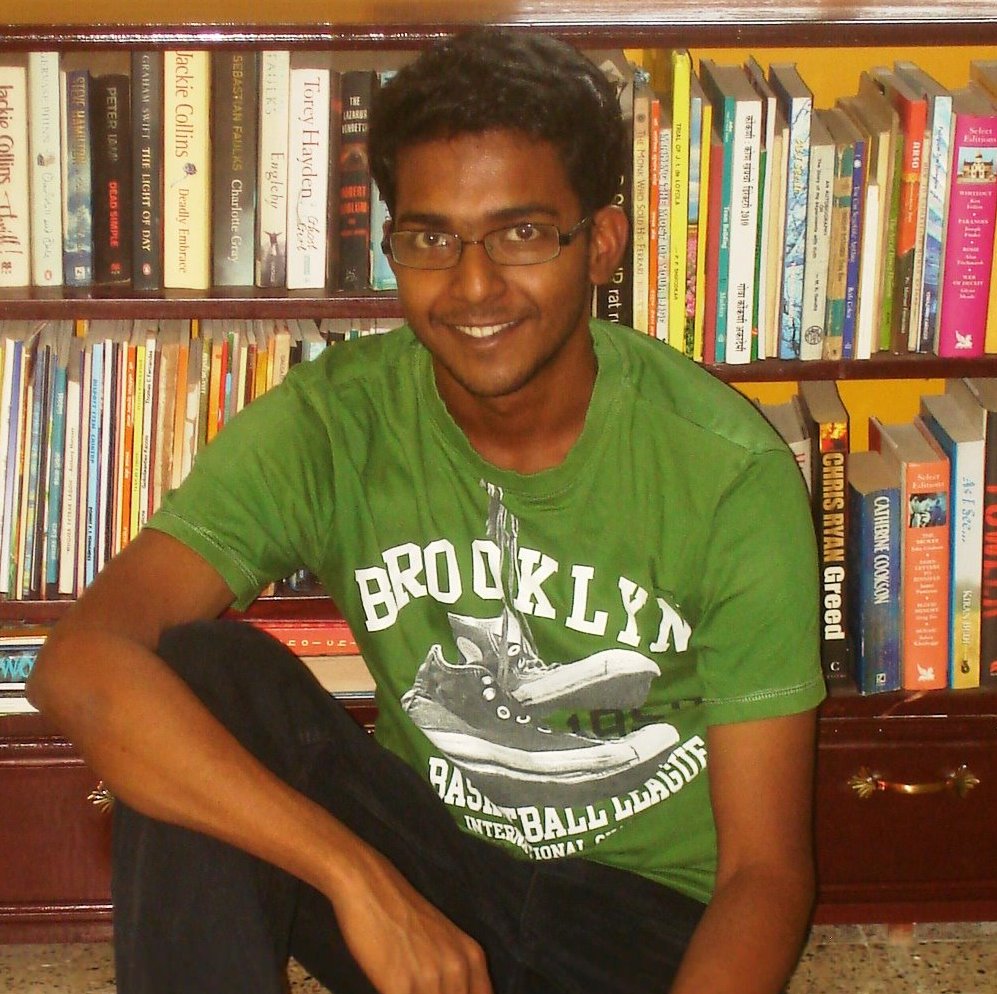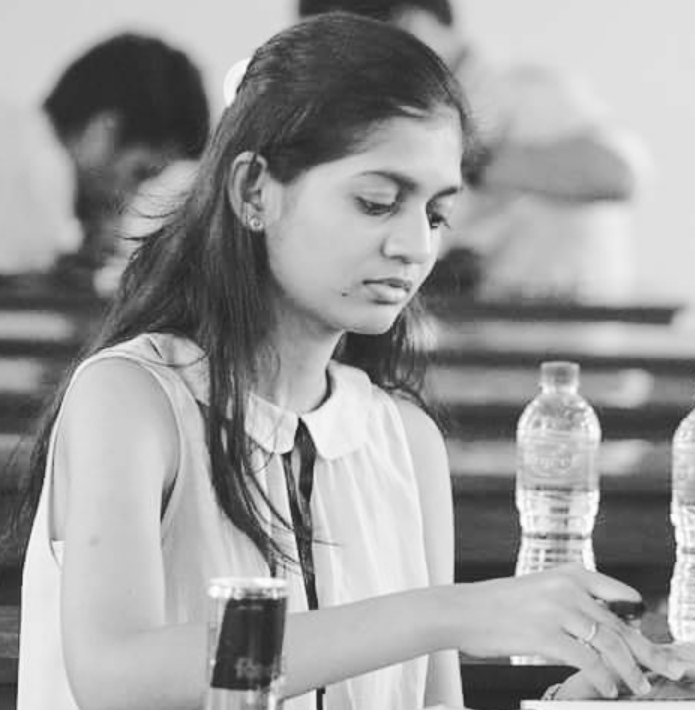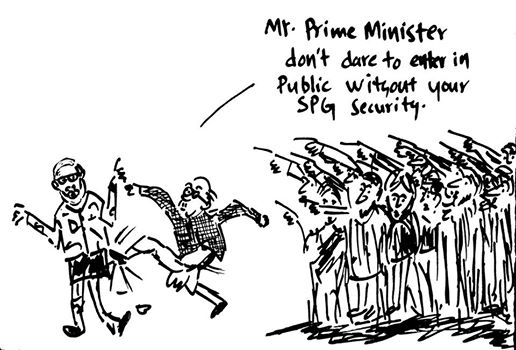Dr. Abhijit Khandkar
I saw the movie Chamkila. A few thoughts that have been on my mind since. First of all, it’s a good thing that the makers chose to tackle such an intriguing yet difficult character and subject, set in a place as complicated as Punjab with all its complex socio-political history and landscape. It gives you a chance to learn more about the topic and starts a conversation. But I wish they had dealt with the subject with more nuance, clarity, sensitivity, and caste consciousness. How is it that, through the entire length of the movie, the crux of the subject becomes just a passing remark? Chamkila’s caste identity is mentioned merely once, and there is no extrapolation done on it throughout.
Chamkila, with all his complexities, was murdered in cold blood, and the filmmakers highlight the reason being the ‘obscene’ lyrics and songs he wrote. It begs the question: Why is a murder clearly based on his caste identity whitewashed this way? Weren’t there other singers in that era too who catered to public voyeurism through their tantalising lyrics and songs? How many of them were shot point blank in cold rage as Chamkila was? How many of them were Chamars or came from Dalit marginalised backgrounds?
Given how highly casteist Punjab has been, given its open Jatt pride, isn’t it so obvious that Chamkila’s murder was based on his caste identity rather than just the reason that he sang so-called ‘vulgar’ songs? His murder was a caste crime. Why, then, is the filmmaker shying away from stating this clear fact in the biopic? Isn’t ignoring such a grave crime, a travesty, a mammoth disservice, and criminal twisting of narrative and history, especially when so many Dalits are murdered in broad daylight every day? Cinema influences public opinion like nothing else. How is it that the subject of caste, which should have been at the centre, is almost erased? Surely it can’t be an error in ignorance or judgement, or is it?
Are the blind spots really that big, or was the angle of caste avoided by intention and convenience by the Savarna creators? Was it not the reason that a Dalit singer made it big and married a woman from the Upper Caste community? Weren’t these reasons primarily responsible for drawing the ire of people towards him? Caste pride and honour killing of Chamkila and Amarjot is what it was! How dare a person from the Dalit community make it big, and that too by singing ‘immoral’ songs? Psychologically too, it is interesting to see this connection between morality, servitude, and caste. Society always expects Dalits to be either servile or morally upright. The ambiguity and greyness of human nature aren’t allowed to them. And Chamkila was a rebel on all fronts, so society made him pay the price for it.
Why is Chamkila portrayed as being so servile in the movie? Is it really how he was in reality, or is it the gaze and worldview of the filmmaker? Why is the narrative of Chamkila’s first wife, who came from the Dalit community, so curbed? And does a filmmaker of Imtiaz Ali’s stature still have to resort to darkening the complexion when it comes to portraying a Dalit female? Why is it that the subject of caste is not explored in depth but only touched upon in passing when it actually forms the entire crux of Chamkila’s story and character?
It reminds me of all the literature, culture, and art things that happen in the name of caste solidarity, just touching superficially. It possibly becomes a feel-good exercise in self-indulgence in some way, to have a taste of the underbelly without partaking in actual work, which is more difficult and involves a lot of investment, hard, bitter realisations, and reflections.
It would be interesting to see how many singers back then sang and wrote in the genre that Chamkila did and what happened to them. How many of them came from the Dalit community and rose to the heights that Chamkila did? But only Chamkila was murdered.
Isn’t there some responsibility on the part of the filmmaker when bringing a character of this stature, history, and significance to life? To give some perspective, will a Honey Singh or a Badshah today face something of this nature? So then, what separates them? It’s their caste privilege.
Why is caste always romanticised and never thoroughly explored? If this same subject were dealt with by a Pa Ranjith or a Manjule, my guess is that the story would have come out very differently. It was such a brilliant chance to explore and portray the highly casteist landscape of that time, but what a lost opportunity! This is the problem.
Till the time more Dalit filmmakers don’t get involved in telling their stories, the narratives will be sanitised and whitewashed, and the opportunity to show caste in a clear light will be intentionally and conveniently avoided.
I also see how this angle has been lost on many people who have been raving about the movie. It goes to show how big the blind spots truly are when it comes to the subject of caste identity. A caste crime still can’t be called as one, and I am sure even after such a representation, the film will go on to become a cult and win awards.
Similar was the case with another movie that was being raved about, Gamak Ghar, where the clear casteist undertones were so invisible to many. Or Article 15, which is lauded as an exceptional film on caste where the Savarna messiah complex is on full display, or that film on Behanji Mayawati, the poster of which had the Savarna female protagonist with a broom. I really wonder how such things are missed by so-called intellectuals. How daft, ignorant, caste-blind, and dense all of it is!
At least you can get Dalit writers on board when you wish to undertake such projects with a clean intention. The thing is, propaganda movies don’t always come from the Right Wingers or in the form of Kashmir Files or Kerala Story, but when you completely remove caste from a killing that very much happened in the name of caste, it falls into the category of propaganda as well.
And it’s actually more complex and scarier as it will be lost on many as well, meaning liberal folks will laud the makers, and most of them will be coming from the same caste and diaspora as the filmmaker. When this happens, the caste struggle receives another invisible setback as art and cinema influence public consciousness more than anything else in this country.
So it will barely be noticed that in a movie based on a Dalit singer-superstar, his caste identity finds mention only once. Does no one find this problematic?
Imtiaz Ali, while you could repeat the same trope with your Veds and Janardhans, I wish you would have been more sensitive, caste conscious and responsible while undertaking such a huge, sensitive responsibility as Chamkila.
~~~
Dr. Abhijit Shahaji Khandkar is a pathologist and writer with a keen interest in translation. He observes the microcosm world under the lens of his microscope and macrocosm of society with his writing. He is a Dalit poet by assertion and believes all art is political.










